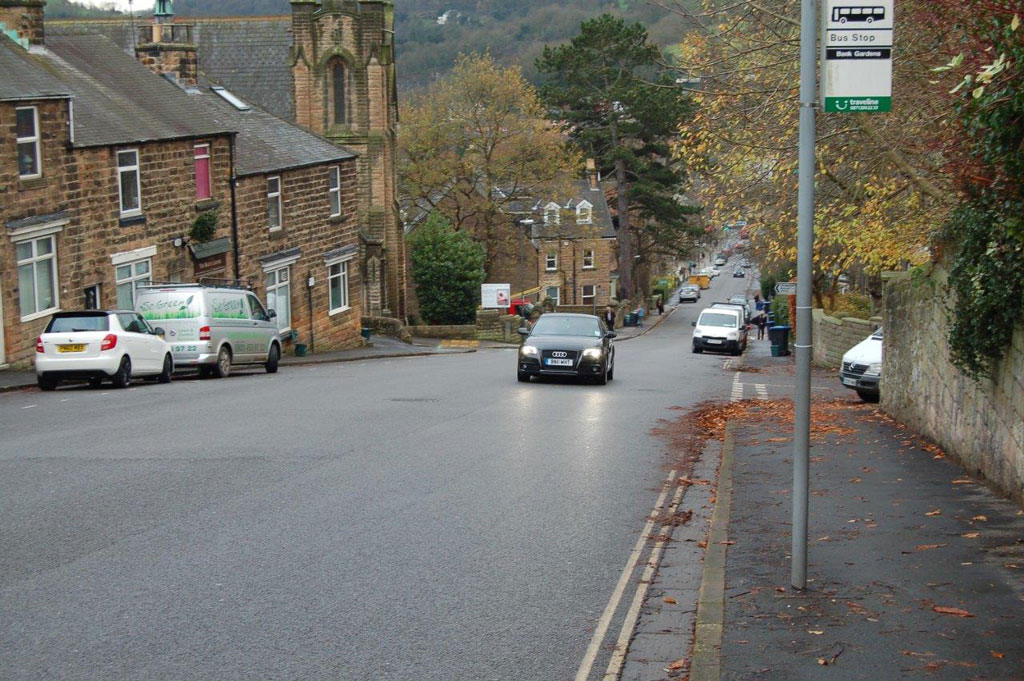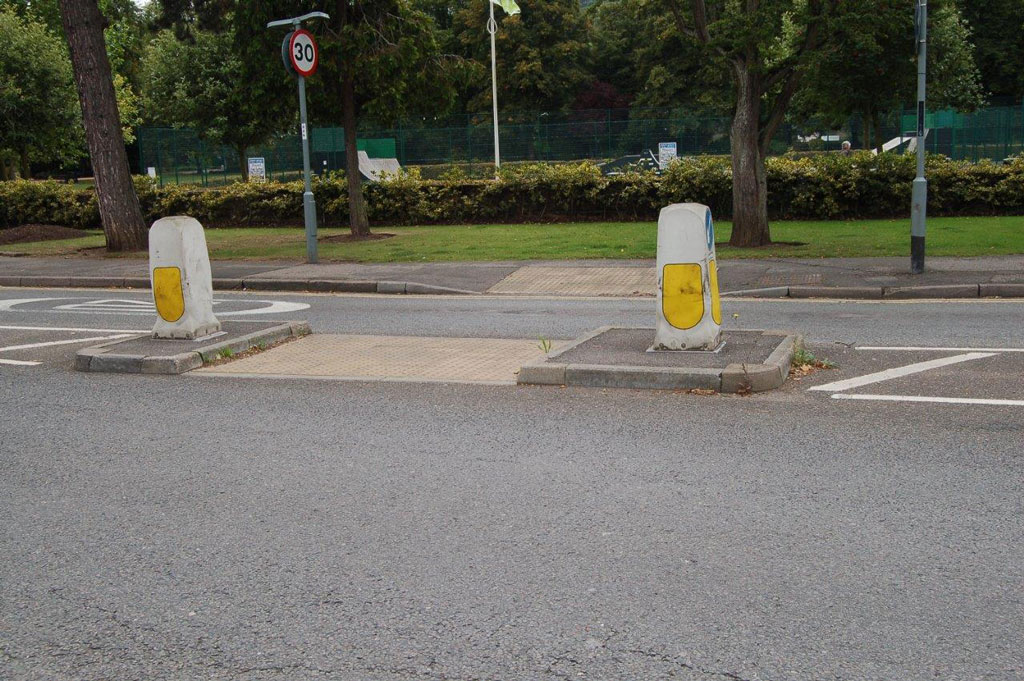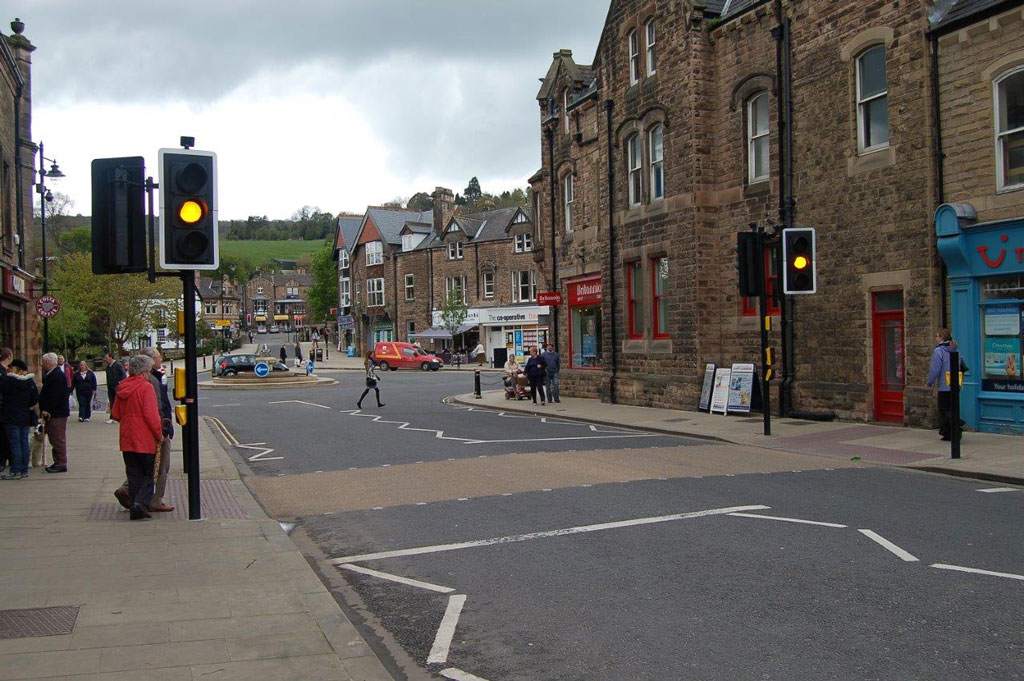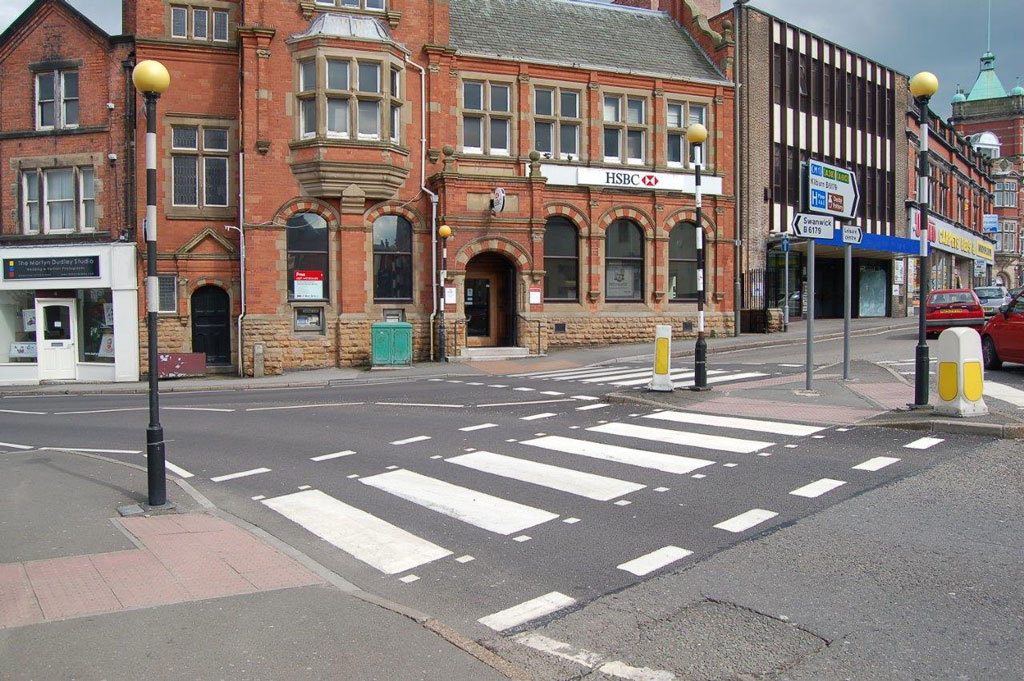Encouraging children to walk, cycle, or scoot to school will help reduce congestion around the school gate and also makes them more relaxed and alert to start the school day.
As your child makes the journey from home to school it's important that they keep themselves safe. Children learn by watching adults, so help to set a good example by taking care whilst crossing the road and remind your child of these basic road safety messages:
- always stop, look and listen whilst crossing the road
- always find a safer place to cross the road such as zebra crossing, puffin crossing
- always hold your child's hand whilst walking and crossing the road
- on dull days wear bright or fluorescent clothing
- if walking at night wear reflective clothing
It's important not to get distracted whilst crossing the road:
- always take out your MP3 earphones whilst crossing the road
- never talk on your mobile phone whilst crossing the road
Crossing the road safely
There might not always be a pedestrian crossing to help you cross the road. If this is the case, you should always use the Green Cross Code:
- first find a safe place to cross
- stop just before you get to the kerb
- look and listen all around for traffic
- if traffic is coming let it pass, look all around again and listen
- when it's safe, go straight across the road - do not run
- keep looking and listening for traffic while you cross
Zebra crossing
Zebra crossings have black and white stripes on the road and flashing orange beacons on both sides of the road. The beacons are there to help drivers see the crossing.
How to use a zebra crossing:
- stand near to the kerb with both feet on the pavement
- look right and left and listen carefully for traffic
- when the traffic has stopped, walk across the road
- remember to keep looking and listening for traffic as you cross
If there's an island in the middle of a zebra crossing, wait on the island before you cross the second half of the road.
Puffin crossing
Puffin crossings use traffic lights to stop the traffic to allow pedestrians to safely cross the road. The red and green man light is next to you as you're waiting to cross. This allows you to watch the signals and traffic at the same time.
How to use a puffin crossing:
- stand near to the kerb with both feet on the pavement, press the button on the box to your right and wait
- while the red man is showing on the box, it is not safe to cross
- when the green man lights up, look right and left to check the traffic has stopped both ways
- when it's safe to do so, cross the road carefully
- do not run, the light will remain red for the traffic until you reach the other side, allowing you to cross safely
Pedestrian refuge
A pedestrian refuge island is a raised section of pavement between 2 lanes of traffic moving in opposite directions. The island allows pedestrians to stop safely in the centre of the road, allowing the pedestrians to split crossing the road into 2 stages.
How to use a pedestrian refuge:
- stop just before you get to the kerb
- look and listen all around for traffic
- if traffic is coming let it pass, look all around again and keep listening
- when it's safe, walk straight across the road and stop on the pedestrian refuge
- look all around for traffic again and keep listening
- if traffic is coming let it pass, keep looking and listening for traffic
- when it's safe, walk straight across the road, keep looking and listening for traffic while you cross
Crossing between parked cars
You should always try to choose a place to cross without parked cars, however in some situations it may be necessary to cross the road between parked cars.
How to cross the road between parked cars:
- choose the safest possible place to cross making sure that the place you select isn't behind a lorry or van
- choose somewhere where there is a clear space on the other side of the road
- look carefully all around and listen for traffic and any vehicles that may be about to move off
- step off the pavement and move carefully to the edge of the parked cars and stop
- if traffic is coming, wait until it has passed - look and listen for traffic again
- when it's safe to do so walk straight across the road, looking and listening for traffic as you cross, do not run
1 / 5

2 / 5

3 / 5

4 / 5

5 / 5

❮
❯
11 to 16-year-olds
You're more at risk crossing the road now than you were at primary school.
It's easy to see why when you think about it. Now you're older, you're probably out and about more with your mates. And you've got loads to talk about so you might not be giving the road your full attention.
Add the constant interruptions from your mobile into the mix and you've got a recipe for disaster. Accidents happen – and those involving traffic kill more 12 to 16-year-olds than any other type.
Follow these top tips to make sure nothing spoils your fun:
- make sure drivers can see you - brightly-coloured or fluorescent clothing will get you noticed from dawn 'til dusk but reflective gear is a must once it's dark - there's lots of cool stuff out there - you can even jazz up your bag with clip-on reflectors and stickers
- give the road your full attention when you're crossing, even if you're with your mates - look out for them too
- do not use your mobile to talk or text while crossing
- take out those headphones when you're crossing the road - you won't be able to concentrate properly while listening to music
- do not take chances when you cross the road - cars may not be able to stop, so wait for a big gap in the traffic
- it's safer using a pedestrian crossing - there's usually one only a short distance away
- if there's no pavement, walk with the oncoming traffic facing you